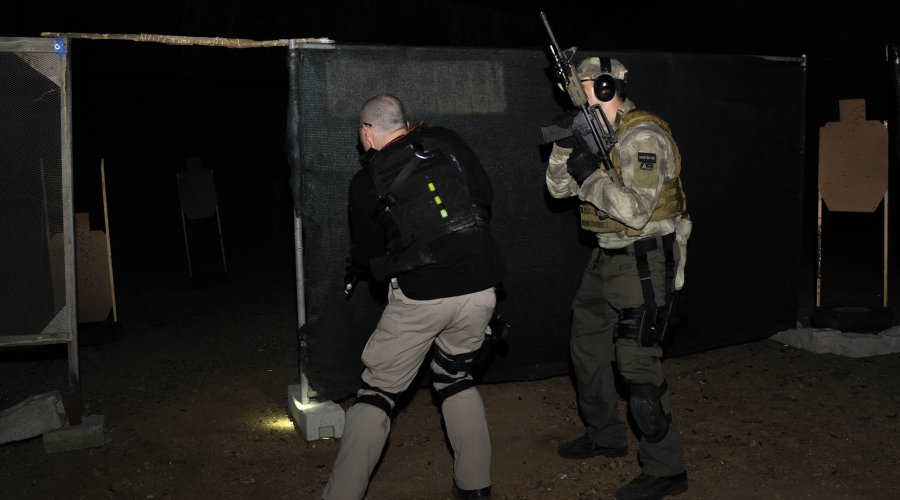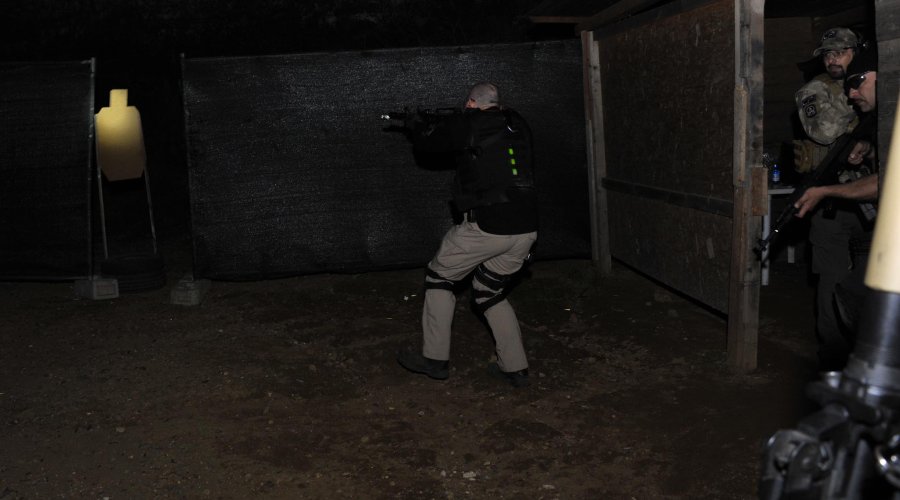Wether they carry a gun for self-defense or a rifle for hunting, shooters almost always train during the day. Very few of them ever practise in low-light scenarios, and that's quite strange after all: statistics show that most violent crime happens after dark. And hunters often have to shoot in low light conditions too (say at dawn or at dusk), not to mention those who hunt at night in the countries where it's legal and allowed.
Yet, night training with guns is still unusual, to say the least. This creates a huge, dangerous gap in preparedness.
To understand how difficult shooting with low lights conditions could be, just stay at the range till sunset and then try to find the sights of your gun against a dark target. It'll be embarassing. And imagine what could happen if you should do that in a dark room of your house or in a street at night, against moving shadows you can't identify. That could be deadly, for you and others beside you. Different light conditions, and especially night conditions, strongly affect aiming. And it takes some time before our eyes adjust when going from a place where there is abundant light into a place that's almost dark.
So, what's the solution?
The answer is always the same: training and using the correct equipment.
Let's start with the latter.
Flashlights vs. weapon mounted lights
When in a low condition environment you must consider if there is enough light to identify your target and if there is enough light to line up your sights properly: it's not the same thing, since it requires far less visual acuity to identify a threat than you need to line your sights up properly. So, if the answer to any of those two questions is “no”, then you need a source of light.
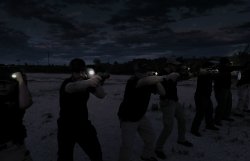
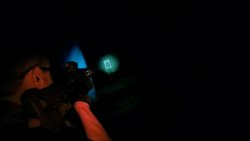
Modern flashlights are extremely small, light and powerful, and can be carried in a pocket without hindrance. There is some debate about weapon mounted lights (WMLs), some saying they are good for law enforcement but not so much for concealed carry or home defense. Basically, the big pro is that these lights are already attached to your gun and you don't have to carry or look for a flashlight. The con is that they are an extra weight and bulky to carry outside the house. Sure, you can choose WMLs for you “ready” gun, the one you keep next to you bed. Anyway, even at home for “normal” people it's easier and safer to use a handheld light. That's why gun mounted lights have their place but only with the proper training and lots of practice. After all, you would prefer not pointing your gun at someone until you know he is a threat, right?
Now you have a flashlight with you. Good. But you also need to be able to align you sights: three-dots tritium sights are the solution. Some people think that a tritium frontsight only is enought. Wrong: you need a tritium frontsight and backsight so that your eyes can line up the 3 dots. That's the difference between being able to aim and not.
Train in different light conditions, at the range and at home
Now comes the training. No tool or strategy will help you without a good amount of practice. You can start with the shooting range, of course. If possible, try to complete shooting sessions in different light conditions, at dawn and at dusk, and on very cloudy days too: you'll notice that your target perception is different.
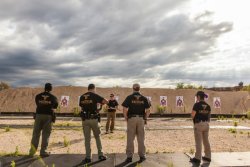
If your concern is home defense, try this simple exercise: first of all, ensure your gun is unloaded, clear and empty, and the magazine removed if it's a semi-auto pistol. Have you checked? Ok: check again. Always double check your weapons before dry fire practice. Safety first! Then, keeping your finger off the trigger, move from room to room just like you normally would, aiming at objects everywhere, just as if you should shoot at them. Repeat the same exercise at dawn, at dusk and at night. Try with lights on and off. You will understand how things change at different times of the day and you will be able to create a mental “map” of your house in any condition of light.
Humans can't see in the dark, but a good shooter must prepare himself or herself to face the darkness. In any sense.
For more information please visit Tactical Fitness Austin website.



